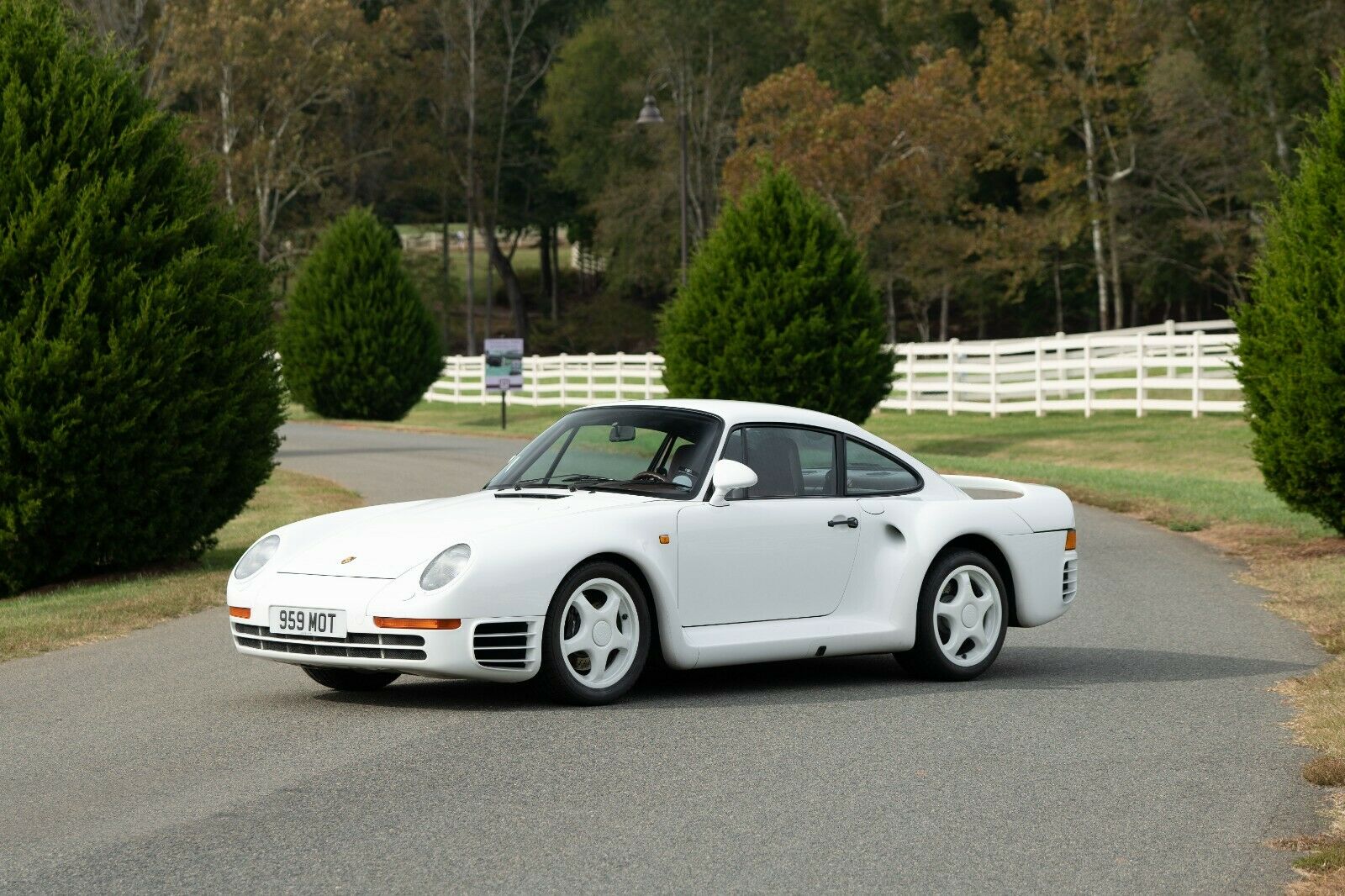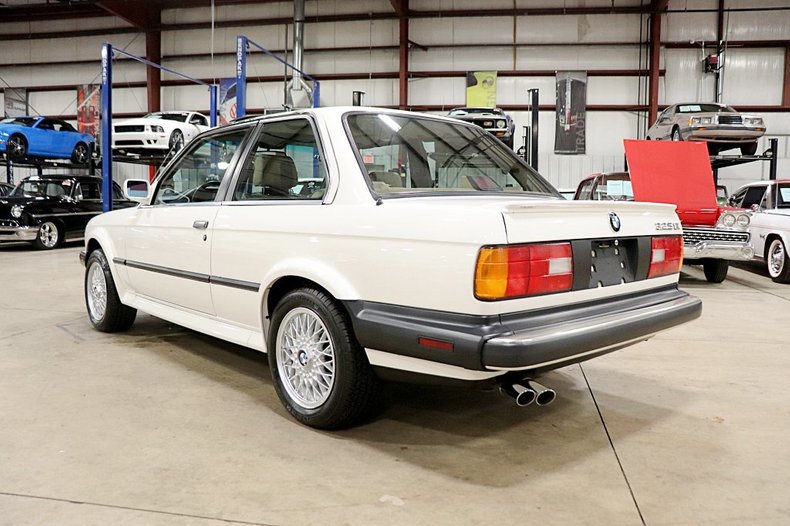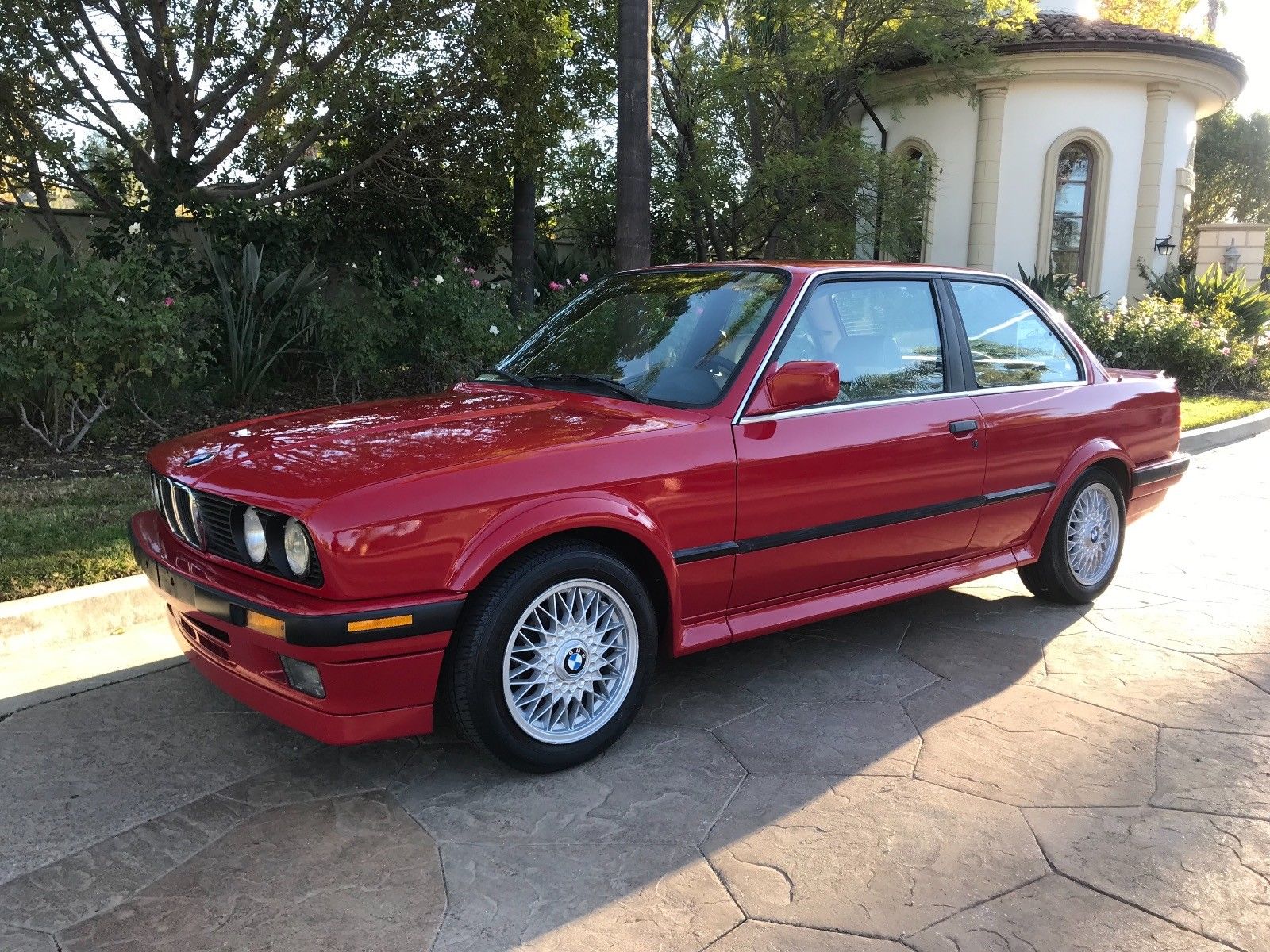
We could argue the merits of what made the “ultimate” 924/944/968 all day long. A lot depends on what you consider the most desirable, or most pure form. Take that argument to the 911 range, and it becomes even more convoluted. Is it the 901? The RS? The Turbo Carrera? For me, it’s this car.
If the Ferrari F40 was the pin-up hero for most teenage boys, the Porsche 959 was its arch-enemy, and was the car I was always interested in. The F40 was a pared down street racer, while the 959 sported experimental exotic technologies that even 30 years later most cars don’t have – 6 speed manual? Yep. Active suspension? Yep, that too. Hollow spoke wheels with tire pressure monitoring system? Sure, we can do that. Kevlar composite body? Why not? Active torque splitting all-wheel drive system? Let’s give it a go. A technological Tour de Force, the 959 wowed crowds with all of these shocking options when it was launched in a still hard to believe 1985, beating the F40 to the market.
Even at the time it was released, the 959 was a bit of an enigma – did Porsche want to win Le Mans or Paris Dakar with it? Well, it did both – Paris Dakar outright, and it won its class at Le Mans. It was also one of the fastest production cars in the world, with a sub-4 second 0-60 time – something that modern supercars still strive for. Did I mention this car is the best part of 30 years old? Like all of the dream cars that remained firmly out of U.S. buyers hands, the 959 remained a forbidden fruit for many years. But today, even if your name isn’t Gates or Seinfeld, you can own in the U.S. one of the most highly sought after cars ever made – a Carrera White 1987 Porsche 959 Komfort:









